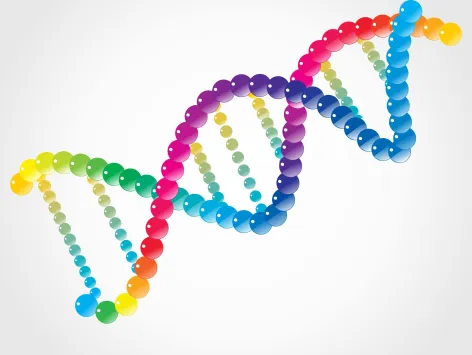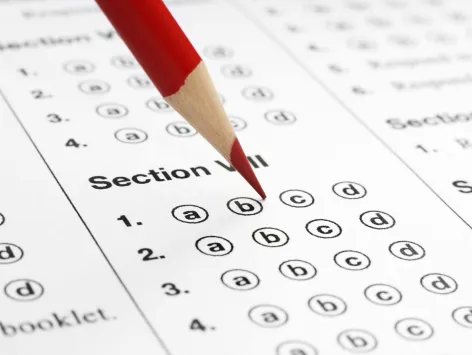1.1 Introduction
In our daily lives, it is common for us to discuss the relationships that exist between individuals, as well as the relationships between other geometric entities such as straight lines (e.g., perpendicularity, parallelism). Let A denote the set of male students in Bangalore whose fathers also reside in Bangalore. Let B denote the set of all individuals residing in the city of Bangalore. Let a denote a male student residing in Bangalore, indicating that a belongs to set A. Let b represent the paternal figure of a. Therefore, it can be concluded that element b is a member of set B. A is considered to be associated with B within the context of a son-father relationship. If the relation R is used to describe the son-father relationship, then an is related to b under the relation R. This can also be articulated through written expression. The symbol R is used to represent the relation ‘is the son of. This statement can alternatively be articulated as the assertion that the pair consisting of elements a and b is a member of relation R, denoted by the ordered pair (a,b) belonging to R. The pair (a,b) is considered ordered due to the inherent distinction between the values of a and b. Interchanging these values is not permissible as the first coordinate, a, specifically denotes the son, while the second coordinate, b, represents the father of a. In a similar vein, if element a1 is a member of set A and element b1 is the father of a1, then the ordered pair (a1, b1) belongs to relation R. The relation R can be conceptualized as a collection of ordered pairs, where the first element of each pair belongs to set A and the second element belongs to set B. Therefore, it may be stated that the set R is a subset of the Cartesian product of sets A and B. The relation ‘is the son of’, denoted as R, can be defined as a connection that connects items in set A to elements in set B. Therefore, we can conclude that R is a relation from set A to set B.
1.2 Definition relation R is defined as a mapping from a non-empty set A to another non-empty set. Set B is a subset of the Cartesian product of sets A and Similarly, it can be said that every subset of the Cartesian product of sets A and B, denoted as (A×B), can be seen as a relation from set A to set B. Therefore, if R is a relation from set A to set B, then R is a subset of the Cartesian product of A and B, denoted as R ⊆ (A × B). This may also be expressed as R is a subset of the set of ordered pairs (a, b), where an is a subset of A and b is a subset of B.
Consider the sets A and B, where A is defined as the set containing the elements 1 and 2, and B is defined as the set containing the elements a, b, and consider the relation R defined as R = {(1,a),(1,c)}.The set R is a subset of the Cartesian product of sets A and B, denoted as (A×B), so establishing it as a relation from set A to set B.




